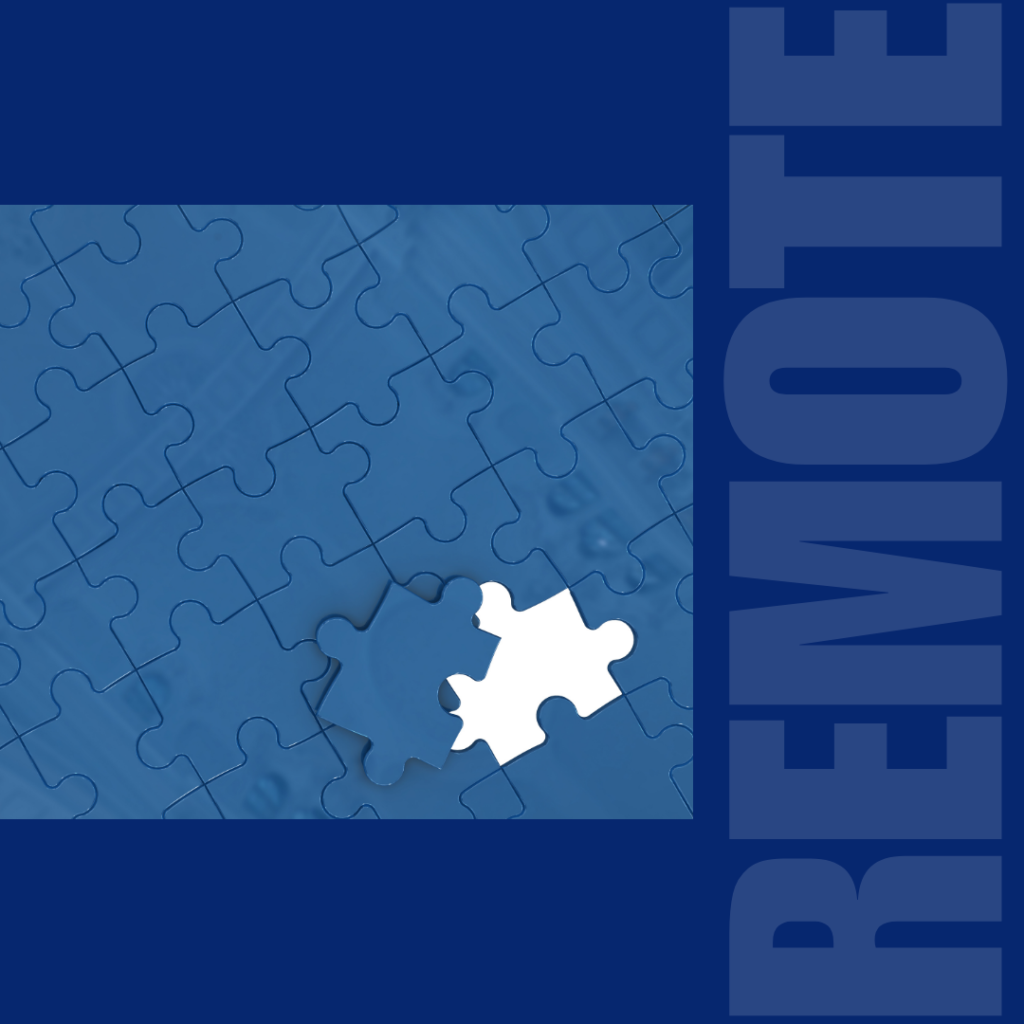Mistakes in hiring employees and how to avoid them

Do you want to hire people without mistakes? Do you think it is possible? Perhaps it is unrealistic to make no mistakes at all, but minimizing them as much as possible is a good idea! All processes in our life are accompanied by mistakes, including the process of hiring new people.
The process of hiring employees is a complex and responsible task, on which the success of the company depends. At the same time, it is important not only to find but also to retain the right person for you! Mistakes in recruitment can lead to financial losses, reduced productivity and a significant deterioration of the corporate culture. In this article, let’s look at the most common hiring mistakes and how to prevent them.
Lack of clearly defined requirements for the candidate. Lack of frameworks and agreements from the start!
One of the most common mistakes is not clearly understanding what kind of employee the company is looking for. This leads to a long selection process and mismatched expectations. It seems that “then in the future” it will “somehow” work itself out…. but this is just an illusion and a waste of time and money …
How to avoid:
Identify, even before the search begins, the key competencies, skills and experience required for the position. If this is not done, the employee is bound to be manipulative…. ( the most important employee manipulations)
Develop a clear job description with responsibilities and requirements.
Involve hiring managers and coworkers who will be working with the new employee in the discussion. Try to convey the “tone of voice” of your company in the advertisement.
Evaluation by resume alone
A resume is an important, but not the only tool for evaluating a candidate. Relying on it alone is risky, as paper does not always reflect real skills and professional qualities. Moreover, often resumes are not even studied, but rather cursorily scanned by the person who is hiring.
How to avoid:
Use structured interviews with practical cases.
Check references from previous jobs.Remember that references can be falsified. It is better to ask the team about a former employee than management. It is unlikely that a former manager will say anything good. At the same time, in very large companies it is difficult to even get in touch with the real management at all!
Conduct test assignments or trial days. Trial days are not expensive, but for 3 days it is guaranteed to be clear what the person really represents.
Ignoring soft skills
Even if a candidate has all the necessary technical skills, his communication, adaptability and teamwork may not meet the company’s requirements. And he is like a “spoiled fukt” spoiling everyone and everything around him. What is soft skills specifically? In general it is to get along with others, not to play in Karpman’s triangle, to have skills of self-support and self-motivation, the ability to satisfy one’s needs (soft skills is loudly said, but what is it exactly!?).
Karpman’s triangle at work or office games
How to avoid:
Incorporate behavioral interviews into your hiring process.
Simulate different situations, create triggers, assess reactions
Use a competency assessment method (e.g., STAR method).
Check if the candidate fits the corporate culture.
Be in a hurry to fill the position!
Under pressure to close a vacancy as quickly as possible, companies sometimes make under-informed decisions that result in hiring the wrong people. And most importantly it absolutely does not mean that the vacancy is “ closed”.
How to avoid:
Follow a clearly laid out selection process.
Evaluate multiple candidates before making a decision.
Use a trial period or internship.
Ignoring the onboarding experience of new hires
Even if a strong candidate is hired, without quality onboarding, they may not reach their potential.
How to avoid:
Develop an onboarding program and support in the first few months ( onboarding).
Assign a mentor or supervisor.
Give timely feedback.
Lack of attention to the employer brand
If a company has a poor image in the labor market, attracting talent becomes more difficult.
How to avoid
Work on EVP (Employer Value Proposition) – the employer’s unique value proposition.
Maintain positive employee reviews on platforms (Glassdoor, HH, etc.).
Demonstrate company culture on social media and company website.
Incorrect salary estimates
Offering a salary that is too low or unreasonably high can discourage candidates or lead to inflated expectations.
How to avoid
Conduct a market analysis before generating a salary offer.
Consider not only salary, but also additional bonuses, insurance, and other benefits.
Nothing in the world is perfect and every company has a history of getting it wrong.Hiring mistakes can be costly for a company, but they can be avoided if you build a competent recruitment process. Clear selection criteria, structured interviews, attention to soft skills and quality adaptation will help attract and retain the best talent. Companies that take a conscious approach to recruitment get not just employees, but valuable people who contribute to the development of their business

